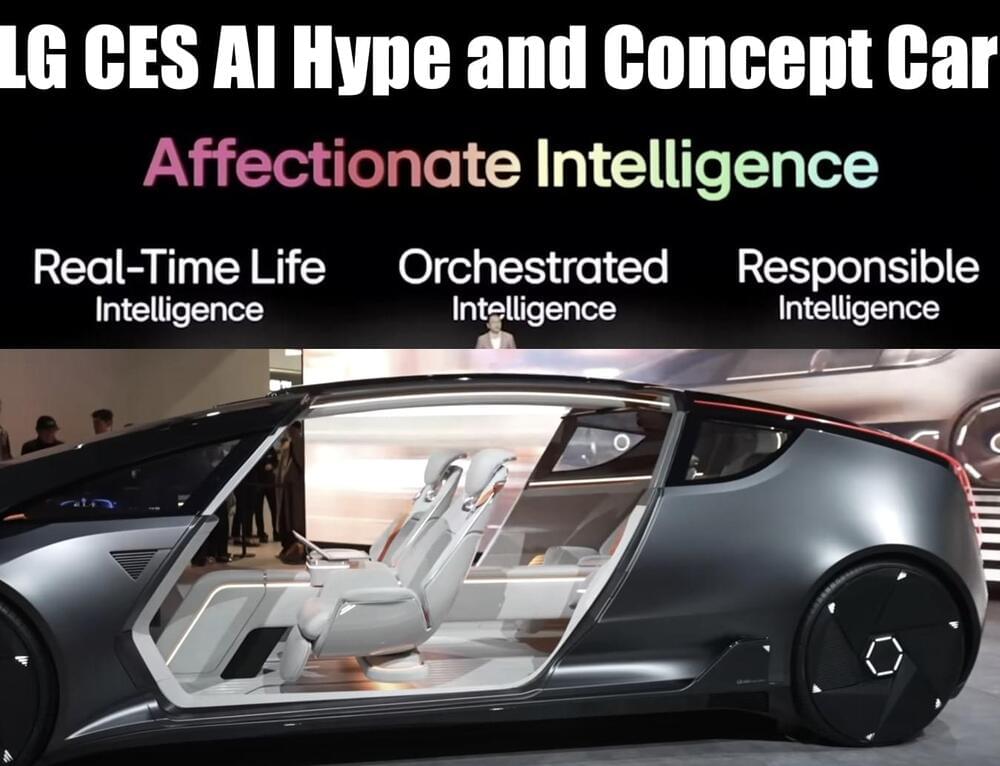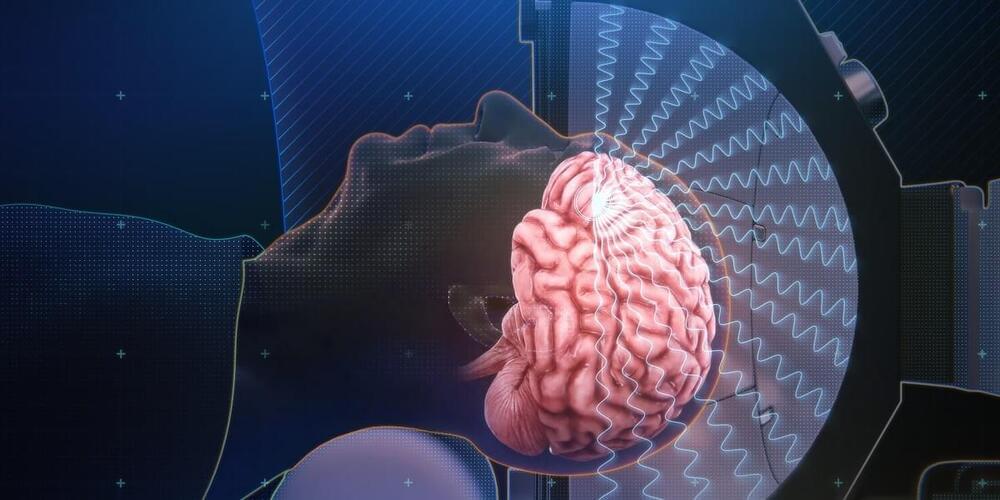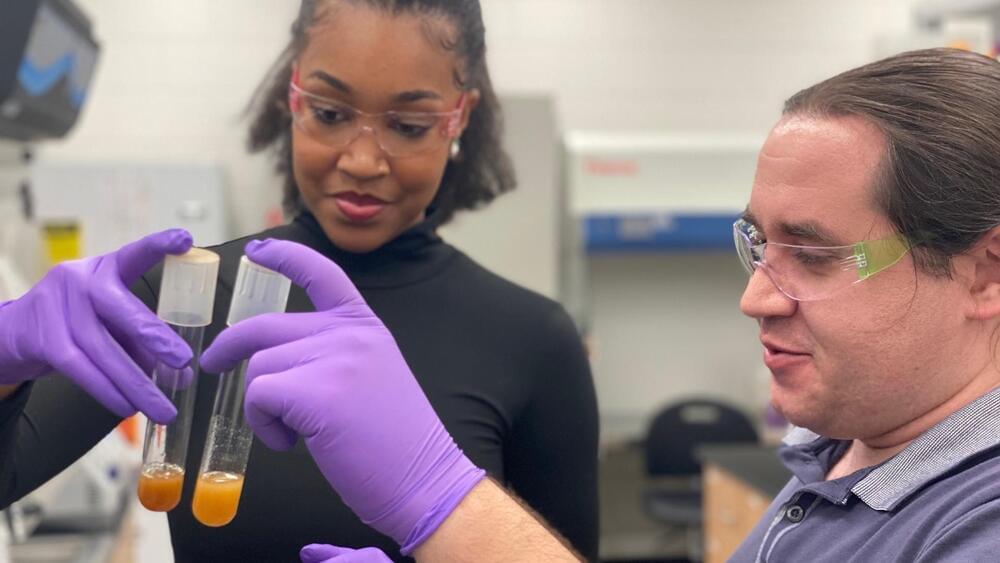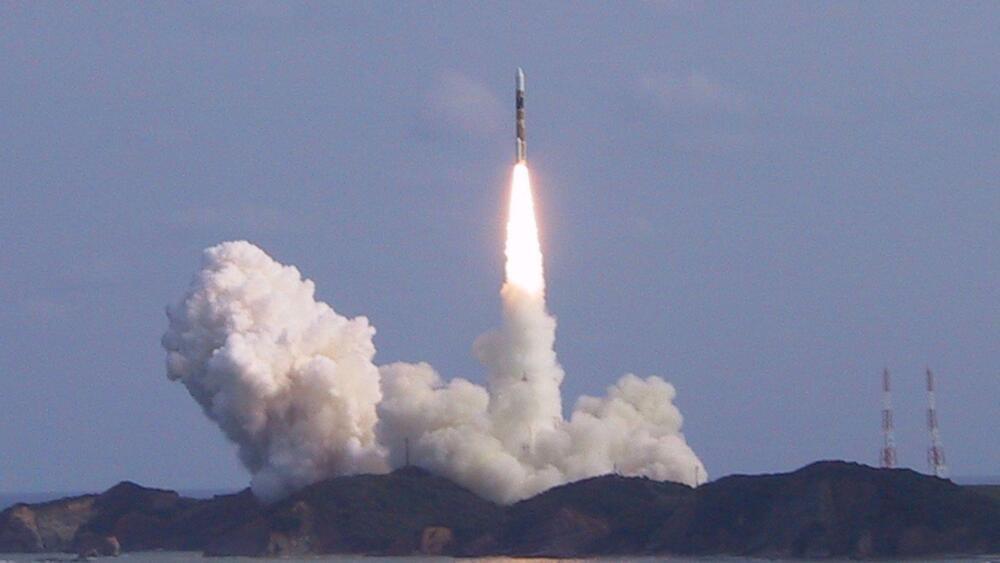The company says it’s focusing on ‘quality and reliability’ while also laying off hundreds.
Several “underutilized” Google Assistant features will soon be joining the infamous Google graveyard — such as the ability to use your voice to send an email, video, or audio messages — as the search giant introduces changes it says will make the feature easier to use. The company is also changing how the microphone works in the Google app and Pixel Search bar.
Starting January 26th, users who activate any of the 17 Assistant features being removed will be notified that it’s being discontinued, with most features departing for good on February 26th, according to 9to5Google. This news comes less than a day after Google announced it was laying off around a thousand employees, some of whom worked on Google Assistant.
The Assistant features being removed will impact mobile, smartwatch, and smart speaker/display devices, though Google does offer workarounds to replicate some lost functionality. However, some features such as the Calm meditation service integration, are being removed entirely. The alternatives users are directed to are also not directly equivalent to many of the deleted features.







